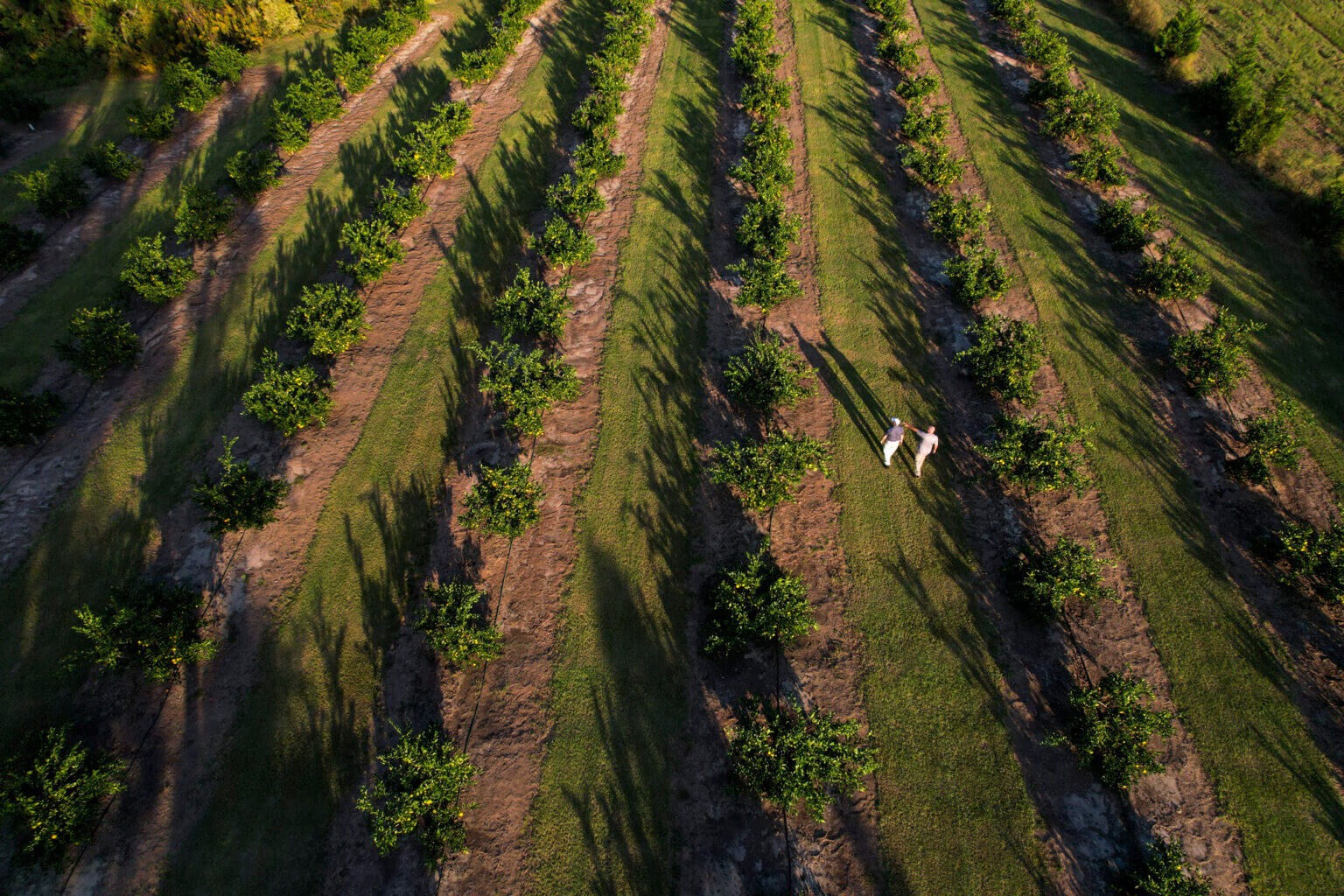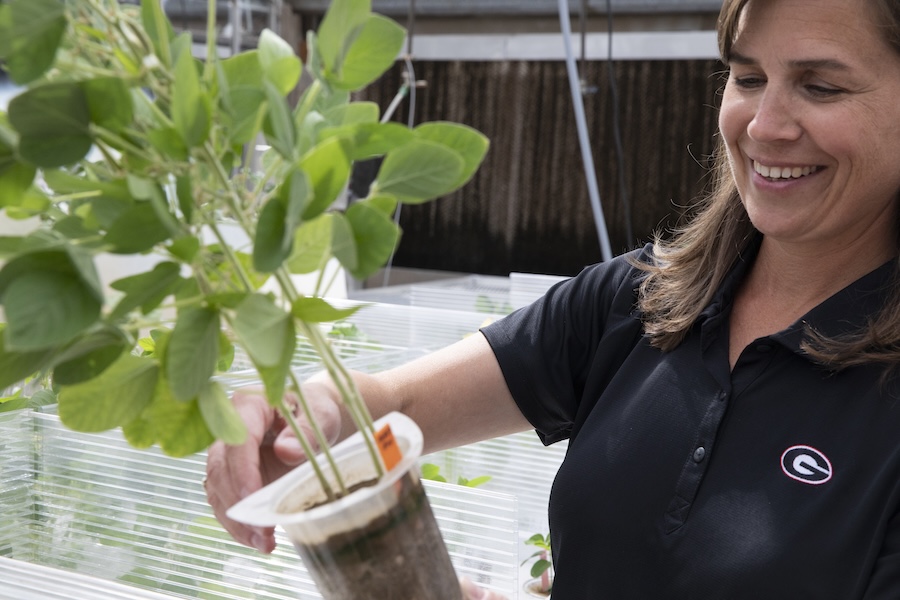By Sharon Omahen
University of Georgia
How do you know?
But how do you know if your potted plants have outgrown their living space? The first step is to remove the plant from the pot and inspect the root system, he said. “Watering several hours prior will help you remove the plant more easily.” For pots that are 8 inches or less in diameter, place one hand over the top of the pot while allowing the stem of the plant to pass between your fingers. Turn the pot upside down and tap the edge of the pot against a solid surface. The root ball should easily come away from the pot. For pots that are larger than 8 inches in diameter, a bit more effort may be needed. Place the pot on its side and tap the top edge with a rubber mallet. Turn the pot a few degrees and repeat the procedure until the root ball releases easily. “Once the plant is free of the pot, check for large, old circular roots which can strangle the plant and prevent much-needed nourishment,” he said.Cut away old, make room for new
Sever and remove these old roots to allow new feeder roots to establish. Remove at least one inch of the roots and the spent old potting soil from the sides and the bottom. “This is a Bonsai proven technique which has been practiced for centuries,” said Christian, who has used the method successfully for years. “Before repotting, you can apply a root stimulator to the cut root surfaces.”Return plant to clean pot
Clean the pot thoroughly with a 10 percent bleach solution before repotting the plant. To repot, first add enough new soil mixture to the bottom of the pot to return the plant to its original depth. After the plant is replaced, fill in the sides with new potting soil. “The new soil should be well firmed as well as penetrated with a slender stick during the process to prevent air pockets,” Christian said. “Lastly, I soak my plants for 15 minutes in a solution of B-1 plant stimulator to encourage new growth.” Most plants should be repotted annually, but vigorous growing plants may need to be repotted more often, he said. Master gardeners, like Christian, are volunteers trained by experts with the University of Georgia College of Agricultural and Environmental Sciences. They help county Extension agents in their areas by answering gardening questions as needed year-round. To learn more about the program, call 1-800-ASK-UGA1. Or, go to the Web site www.georgiamastergardener.com.


.jpg)


